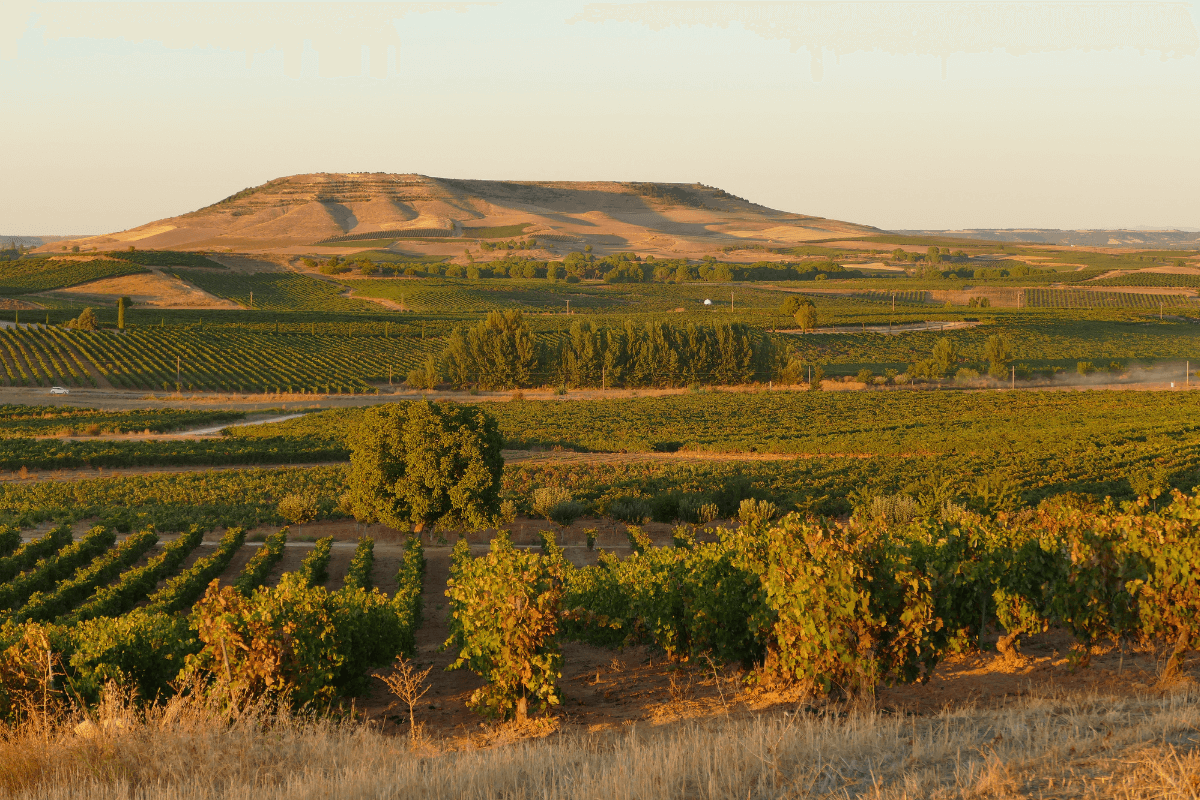The wine trade loves it – yet suggest a Riesling and you may get a spectrum of responses from polite doubt to outright rejection, seldom delight. It seems we can’t forget Blue Nun – a liquid that had nothing to do with Riesling, nor can we get past our assumption that Riesling will be sweet, and complicated German labels don’t help either. And yet we’d be missing one of wine’s greatest pleasures if we gave up on it.
Here are just a few reasons why Riesling really rocks …
 It’s one of the world’s most versatile grapes, able to make any style of wine imaginable from fizzy and bone-dry through every nuance of sweetness to ultra-luscious, late-picked dessert wines.
It’s one of the world’s most versatile grapes, able to make any style of wine imaginable from fizzy and bone-dry through every nuance of sweetness to ultra-luscious, late-picked dessert wines.
For the “oak averse” this is your grape. Growers do age their wines in wood here but in huge old barrels used for years. The point of the exercise is gentle maturation rather than a hefty waft of vanilla from a new French oak barrel.
Expect bright, pure, pristine flavours that dance in the mouth, riding a seesaw of sweetness and refreshment – a quality “Riesling nuts” describe as racy or nervy. I love the citrus notes in Riesling -the lovely lime hit on drier styles, pink grapefruit in warmer places like the Pfalz region, even marmalade in the really sweet wines. Peach and ripe apple, floral notes and honey may vie with a real hydrocarbon hit – a whiff of diesel or smoke – it’s all part of Riesling’s exhilarating and complex character.
Throughout July all Rieslings at both shops will be available at case rate for single bottles. Saving up to 15%.
And those pesky labels …
Germany rates the quality of its Rieslings based on the amount of sugar in the grapes at picking. The more sugar, the better the quality – but this doesn’t mean that the wines are all sweet. For a quick way to work out how dry – or not – a Riesling is, check the alcohol level – the higher the alcohol the drier the wine may be.
Trocken – dry, but seldom bone-dry, a popular modern style. Drink as an aperitif, with white fish and salads.
 Kabinett – grapes picked a bit later, delicate, off-dry to medium dry depending on the region. Drink with sashimi, smoked fish, salty cheese and cured meats.
Kabinett – grapes picked a bit later, delicate, off-dry to medium dry depending on the region. Drink with sashimi, smoked fish, salty cheese and cured meats.
Spätlese – from grapes picked later still, more ripeness, flavour and concentration, higher potential alcohol so often less dry as some sugar is left in the wine. Drink with rich chicken and fish dishes in creamy sauces
Auslese – from the first grapes to develop Noble Rot from extended ripening. Produces a rich wine – sweeter than a Spätlese but not sweet enough for a pudding. Drink with pâtés and terrine, curries and strong cheese.
Beeren Auslese –the second picking of Noble–Rot grapes, much sweeter than Auslese. Drink with foie gras, blue cheese and rich puddings.
Trocken Beeren Auslese or T.B.A. – from grapes affected by Noble Rot. Dense, concentrated and very expensive – it’s said to take 3 people one day to pick enough grapes to make one half bottle. An extraordinary wine to sip and savour on its own.
Eiswein – from grapes left on the vine until winter and picked frozen. Drink with rich, fruity puddings.
To illustrate this gorgeous grape’s versatile nature we’ve put together a case of Riesling from Germany and beyond at a special price for July. It’s the perfect time of year for it!



